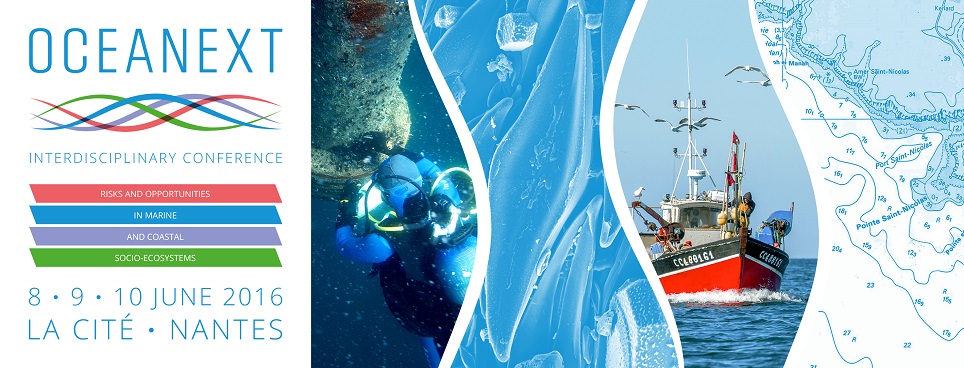Marine growth colonisation is a complex phenomenon that has many negative impacts on offshore structures such as loading excess, increased drag, corrosion, and masking structural damage. Its random nature means that modelling the environmental loading is a complicated task. Structural engineers need access to information such as the species composition, percentage cover, weight, thickness and surface roughness. This paper tested a protocol for obtaining quantitative in-situ measurements of marine growth using a stereo based imaging system and consequently investigated how the environmental loading based on these measurements, as calculated from Finite Element (FE) analysis, differed from loading calculated using ground-truth measurements. The study was carried out in two phases. Firstly, the stereo system was applied to a controlled specimen covered with artificial marine growth in order to examine how well the shape and macro-roughness characteristics could be recovered. Secondly, a range of virtual 3D slender cylinders were generated which had varying controlled diameters and roughness characteristics. These cylinders were photographed in a simulated underwater setting using a virtual stereo rig to investigate how the stereo protocol worked on a large scale. Calibration of forces for single frequency waves was carried out in an FE environment and the hydrodynamic loading was calculated for simple sea-spectra for both reconstructed cylinders and controlled cylinders. The agreement between results validated the protocol and showed that stereo based systems are well-suited as a stand-alone tool for obtaining marine growth measurements, and ultimately, have value as tool for the cost-effective safety management of offshore structures.

 PDF version
PDF version
